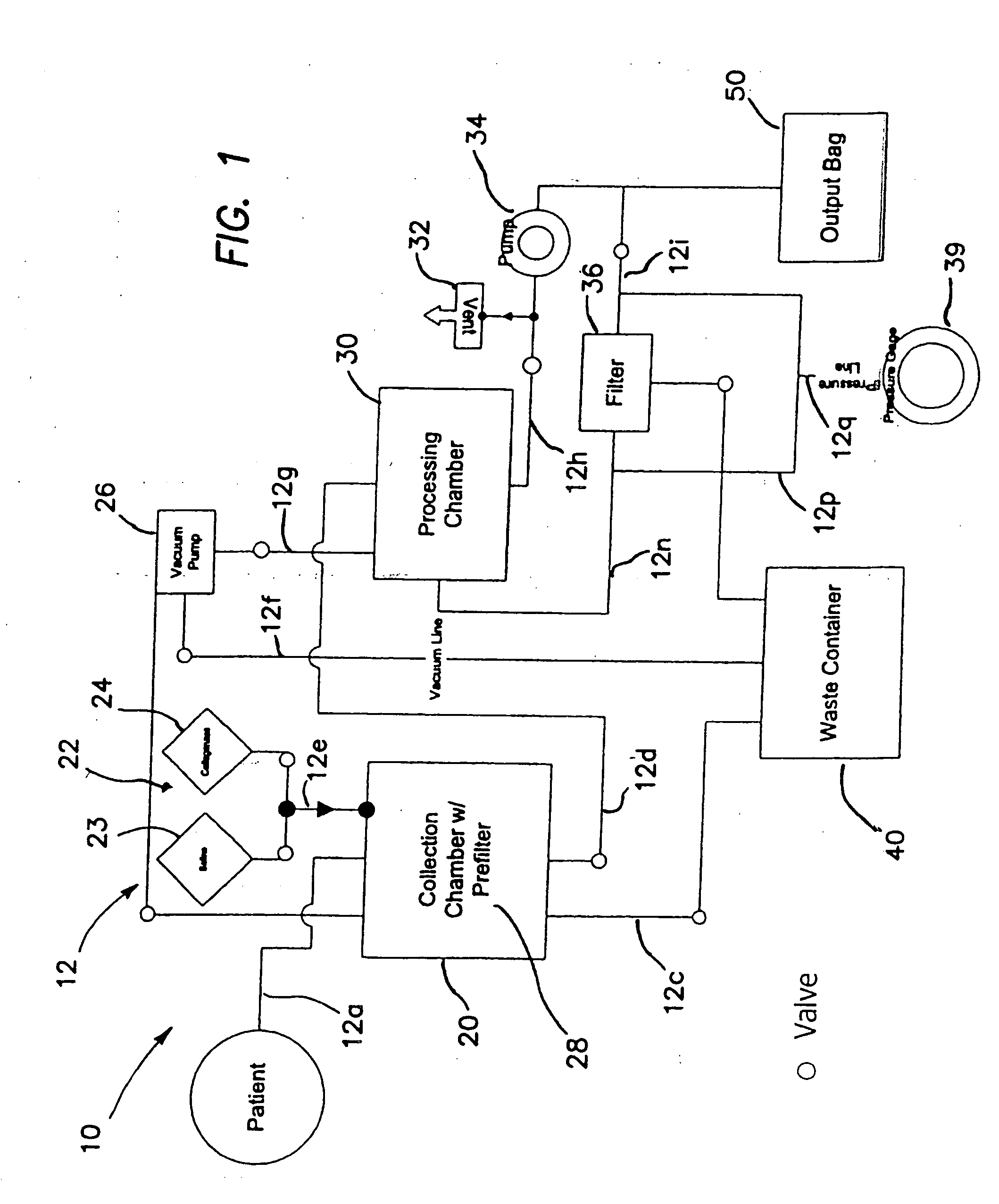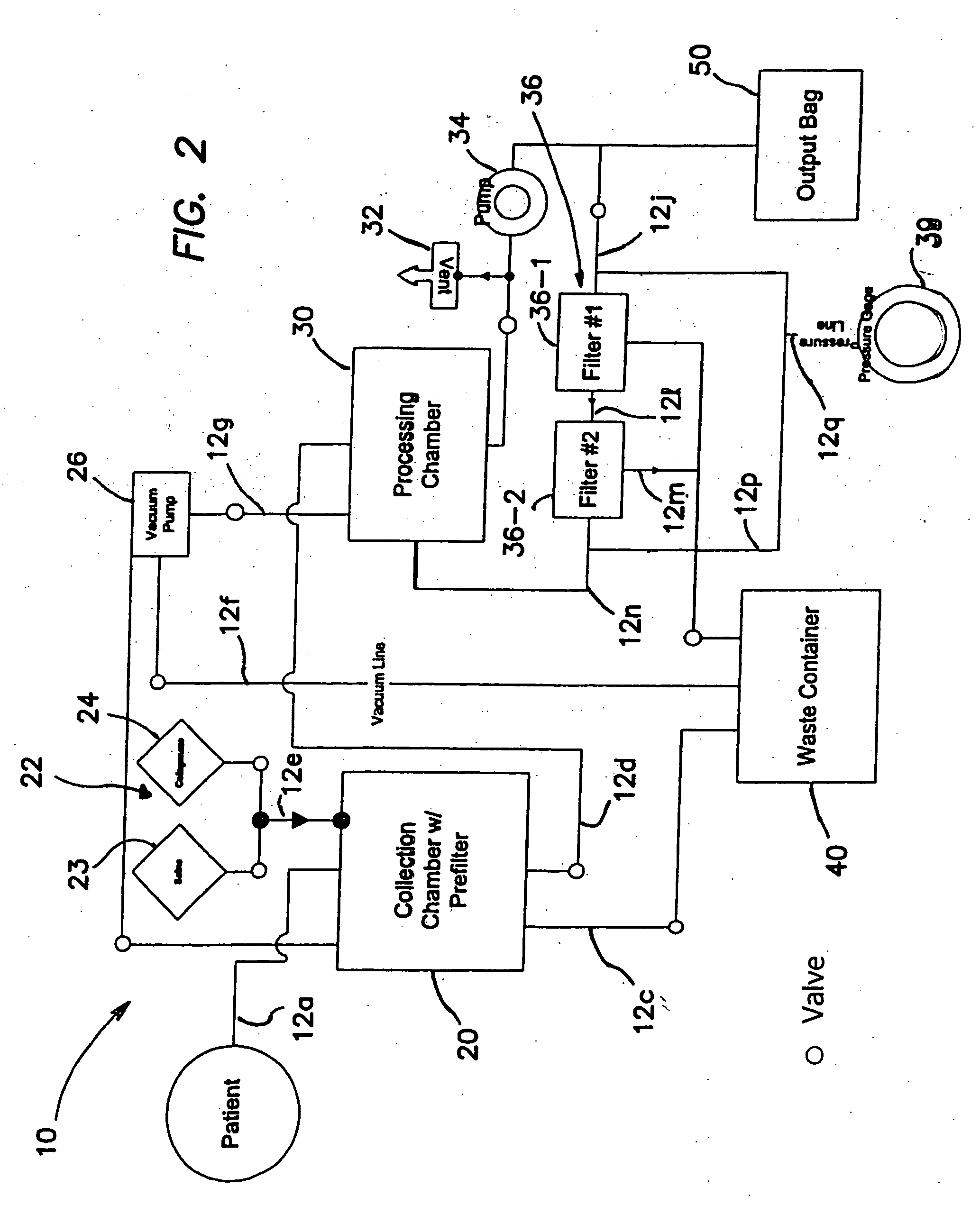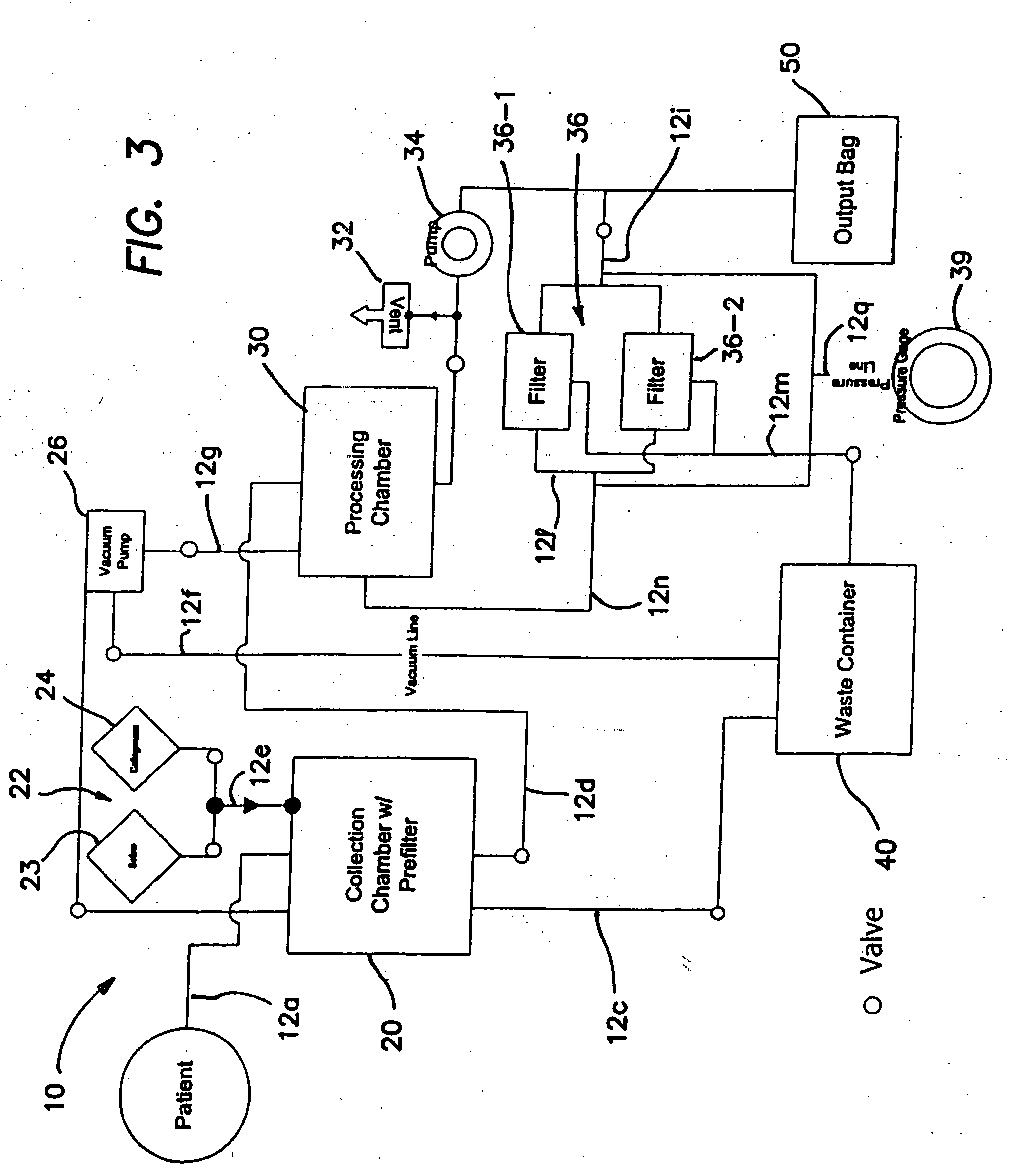Methods of using regenerative cells in the treatment of renal diseases and disorders
a technology of regenerative cells and kidney disease, applied in the field of regenerative cells, can solve the problems of limited ability of kidney tubular cells to repair themselves, structural and functional damage that may be irreversible, and both kidneys failing to perform as needed, and achieve the effect of promoting differentiation
- Summary
- Abstract
- Description
- Claims
- Application Information
AI Technical Summary
Benefits of technology
Problems solved by technology
Method used
Image
Examples
example 1
Expression of Angiogenic Growth Factor, VEGF, by Regenerative Cells
[0199] Vascular Endothelial Growth Factor (VEGF) is one of the key regulators of angiogenesis (Nagy et al., 2003; Folkman, 1995). Placenta Growth Factor, another member of the VEGF family, plays a similar role in both angiogenesis as well as arteriogenesis. Specifically, transplant of wild-type (PIGF + / +) cells into a PIGF knockout mouse restores ability to induce rapid recovery from hind limb ischemia (Scholz et al., 2003).
[0200] Given the importance of angiogenesis and arteriogenesis to the revascularization process, PIGF and VEGF expression by the regenerative cells of the present invention was examined using an ELISA assay (R&D Systems, Minneapolis, Minn.) using adipose derived regenerative cells from three donors. One donor had a history of hyperglycemia and Type 2 diabetes (a condition highly associated with microvascular and macrovascular disease). Regenerative cells from each donor were plated at 1,000 cell...
example 2
Regenerative Cells Contain Cell Populations That Participate in Angiogenesis
[0203] Endothelial cells and their precursors, endothelial progenitor cells (EPCs), are known to participate in angiogenesis. To determine whether EPCs are present in adipose derived regenerative cells, human adipose derived regenerative cells were evaluated for EPC cell surface markers, e.g., CD-34.
[0204] ADCs were isolated by enzymatic digestion of human subcutaneous adipose tissue. ADCs (100 ul) were incubated in phosphate saline buffer (PBS) containing 0.2% fetal bovine serum (FBS), and incubated for 20 to 30 minutes at 4° C. with fluorescently labeled antibodies directed towards the human endothelial markers CD-31 (differentiated endothelial cell marker) and CD-34 (EPC marker), as well as human ABCG2 (ATP binding cassette transporter), which is selectively expressed on multipotent cells. After washing, cells were analyzed on a FACSAria Sorter (Beckton Dickenson—Immunocytometry). Data acquisition and a...
example 3
In Vitro Development of Vascular Structures in Regenerative Cells
[0207] An art-recognized assay for angiogenesis is one in which endothelial cells grown on a feeder layer of fibroblasts develop a complex network of CD31-positive tubes reminiscent of a nascent capillary network (Donovan et al., 2001). Since adipose derived regenerative cells contain endothelial cells, EPCs and other stromal cell precursors, we tested the ability of these regenerative cells to form capillary-like structures in the absence of a feeder layer. Regenerative cells obtained from inguinal fat pads of normal mice developed capillary networks two weeks after culture (FIG. 18A). Notably, regenerative cells from hyperglycemic mice with streptozotocin (STZ)-induced Type 1 diabetes eight weeks following administration of STZ formed equivalent capillary networks as those formed by cells from normal mice (FIG. 18B).
[0208] In a subsequent study, adipose derived regenerative cells were cultured in complete culture m...
PUM
 Login to View More
Login to View More Abstract
Description
Claims
Application Information
 Login to View More
Login to View More - R&D
- Intellectual Property
- Life Sciences
- Materials
- Tech Scout
- Unparalleled Data Quality
- Higher Quality Content
- 60% Fewer Hallucinations
Browse by: Latest US Patents, China's latest patents, Technical Efficacy Thesaurus, Application Domain, Technology Topic, Popular Technical Reports.
© 2025 PatSnap. All rights reserved.Legal|Privacy policy|Modern Slavery Act Transparency Statement|Sitemap|About US| Contact US: help@patsnap.com



